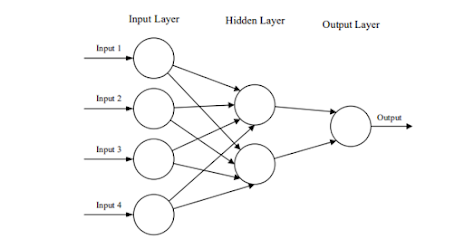Introduction:
Polypropylene (PP) is a widely used thermoplastic material that is found in a variety of products such as packaging materials, automotive parts, and household items. While PP has many advantages, such as its low cost and high durability, it also poses a significant waste management challenge. PP waste often ends up in landfills, where it takes hundreds of years to degrade or is incinerated, which releases harmful emissions into the atmosphere. To mitigate these environmental concerns, researchers have been exploring the use of pyrolysis to convert PP waste into liquid fuel, with the help of a catalyst, like natural zeolite.

Polypropylene
Materials and
Methods:
Polypropylene collected from various places
like ice-cream parlors, canteens, etc. is used as feedstock or raw material for
this reaction. Natural zeolite, after refining, is used as a catalyst as it is
easily available, affordable and flexible chemical properties.
The pyrolysis reactor has the following
components-
1.
Nitrogen Gas Cylinder
2.
Heating Mantle
3.
Borosilicate Glass Reactor
with Recovery Bend
4.
Thermocouple with
Temperature Indicator
5.
Condenser
6.
Collection Flask
200 grams of waste polypropylene is used as the
reactant and it is prepared in pyrolytic conditions. The reaction is carried
out at around 450![]() . Depolymerization
of the polypropylene takes place and the fumes produced are passed through the
condenser. On condensation, liquid fuel is obtained in the collection tank.
. Depolymerization
of the polypropylene takes place and the fumes produced are passed through the
condenser. On condensation, liquid fuel is obtained in the collection tank.
A Pyrolysis Reactor
Oil obtained
Result
Obtained:
The original melting point of pure
polypropylene is 130![]() but due to the presence of additives and other
impurities, the melting point of polypropylene increased to 135
but due to the presence of additives and other
impurities, the melting point of polypropylene increased to 135![]() . Maximum yield was
obtained at the temperature range of 400
. Maximum yield was
obtained at the temperature range of 400![]() -450
-450![]() , in around 20
minutes when the catalyst, natural zeolite was used. In the absence of the
catalyst, the product was obtained in about 25 minutes. The entire process takes
90 minutes without the presence of natural zeolite while it takes 65 minutes in
the presence of it.
, in around 20
minutes when the catalyst, natural zeolite was used. In the absence of the
catalyst, the product was obtained in about 25 minutes. The entire process takes
90 minutes without the presence of natural zeolite while it takes 65 minutes in
the presence of it.
Percent oil obtained with and without the use
of a catalyst is obtained by using the following formula:
Values of oil and wax
percent obtained for polypropylene and reaction time required for the process
in absence of catalyst and by using Natural Zeolite
Values of oil samples
in absence of Natural Zeolite and with Natural Zeolite
Conclusion:
The paper concluded that polypropylene can undergo a pyrolytic reaction
to give liquid fuel, waxy hydrocarbons, and gas. The use of catalysts like
natural zeolite increases the rate of the reaction significantly and the
reaction takes place at a temperature of 400-450 . In conclusion, the use of catalysts in the pyrolysis of PP waste can
significantly improve the efficiency of the process, leading to higher yields
of liquid fuel and lower formation of solid residues. Pyrolysis of PP waste
with the help of a catalyst has the potential to reduce the amount of plastic
waste in landfills and provide an alternative source of liquid fuel that is
more environmentally sustainable.
Reference:
https://www.researchgate.net/publication/344781726
Credits: Bhakti Gujarathi (SY Manufacturing)
NOTE:-This blog is meant for Educational purposes only. We do not own any Copyrights related to images and information, all the rights go to their respective owners. The sole purpose of this blog is to Educate, Inspire, Empower, and create awareness in the viewers. The usage is non-commercial(Not For Profit) and we do not make any money from it.
Write your Feedback here:
https://forms.gle/C3ybXMPPUaJBgP618
FOLLOW US ON:-
INSTAGRAM :
https://bit.ly/coep_blogs_insta
LINKEDIN:
https://bit.ly/coep_blogs_linkedIn
YOUTUBE:-
https://bit.ly/Coep_blogs_YouTube









No comments:
Post a Comment